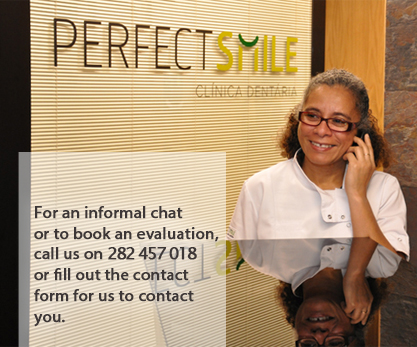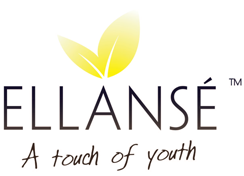 Acne Scarring
Acne Scarring
In the simplest terms, scars form at the site of an injury to tissue. They are the visible reminders of injury and tissue repair.
The occurrence and incidence of scarring is still not well understood. There is considerable variation in scarring between one person and another, indicating that some people are more prone to scarring than others.
Acne scarring frequently results from severe inflammatory nodulocystic acne that occurs deep in the skin, but scarring also may arise from more superficial inflamed lesions. Nevertheless, the only sure method of preventing or limiting the extent of acne scars is to treat acne early in its course, and as long as necessary. The more that inflammation can be prevented or moderated, the more likely it is that scars can be prevented.
The scars caused by increased tissue formation are called keloids or hypertrophic scars. Both hypertrophic and keloid scars are associated with excessive amounts of the cell substance collagen. The excess collagen becomes piled up in fibrous masses, resulting in a characteristic firm, smooth, usually irregularly-shaped scar.
The following is a list of different types of acne scars:
The results of most treatments vary from 30 to 70% improvement. Any better result should be considered as a bonus.
- Ice-pick scars are acne scars associated with loss of tissue which usually occur on the cheeks. They are usually small with a somewhat jagged edge and steep sides-like wounds from an ice pick. This type of scar is like a small channel, usually not wider than 2 mm on the surface. It reaches from the skin surface into the deep dermis, sometime into the sub-dermal tissue. This scar type responds to the CROSS technique using 100% TCA.
- Keloidal acne scars which are raised and thickened scars which and usually occur in the darker skin type patients. These scars as best treated with intra lesional steroids, Laser Genesis and Carboxytherapy treatments.
- Rolling scars are the most common and most disfiguring form of acne scars. They are soft scars, superficial or deep and are soft to the touch. They have gently sloping rolled edges that merge with normal skin. They are usually small, and either circular or linear in shape. In most cases the lower part of this scar type is connected to the deeper fascia by collagen fibers. According to the tens of thousands of acne scar treatments performed worldwide within the last 3 years with the Dermaroller Skin Needling system, this acne scar responds the best to Skin needling. Depending on the affected skin area and quality of the scars several treatments (2 to 5) may be necessary in order to achieve a maximum possible result
- The Boxcar Acne scar is a depressed fibrotic scar that is usually quite large with sharp edges and steep sides. The base of these scars is firm to the touch. Ice-pick scars may evolve into depressed fibrotic scars over time. These scars respond well to a combination of Skin Needling and Laser Genesis ™ treatments. Dermal fillers injected into the lesion also improve the appearance of the acne scar with time.
- PIH or Post Inflammatory Pigmentation is discoloration of the skin at the site of a healed or healing inflamed acne lesion. It occurs more frequently in darker-skinned people, but occasionally is seen in people with white skin. Early treatment may minimize the development of post-inflammatory pigmentation. Some post-inflammatory pigmentation may persist for up to 18 months, especially with excessive sun exposure. Topical products such as the newly launched MELAMIN and chemical peelings and may hasten the improvement of post-inflammatory pigmentation.
In Office Treatments:
At Clínica Privé a number of treatments are available for acne scars. The type of treatment selected should be the one that is best for you in terms of:
- your type of skin,
- the cost of the treatment
- the downtime that you can afford
- what you want the treatment to accomplish;
The objective of scar treatment is to give the skin a more acceptable physical appearance. Total restoration of the skin to the way it looked before you had acne is often not possible but scar treatment does usually improve the appearance of your skin.
The scar treatments that are currently available at Clínica Privé include:
- Dermaroller Skin Needeling is similar in principle to chemical and laser resurfacing techniques. The dermis is directly injured to initiate a wound healing response that ultimately increases dermal collagen production and deposition by fibroblasts and improves acne scarring.
- Laser treatments with RF Fractional Resurfacing & CO2RE Fractional Laser Resurfacing may be used to recontour scar tissue and reduce the redness of skin around healed acne lesions.
- Hyaluronic Dermal Fillers are injected under the skin to "stretch" and "fill out" certain types of superficial and deep soft scars. Hyaluronic acid treatment usually does not work as well for ice-pick scars and keloids.









